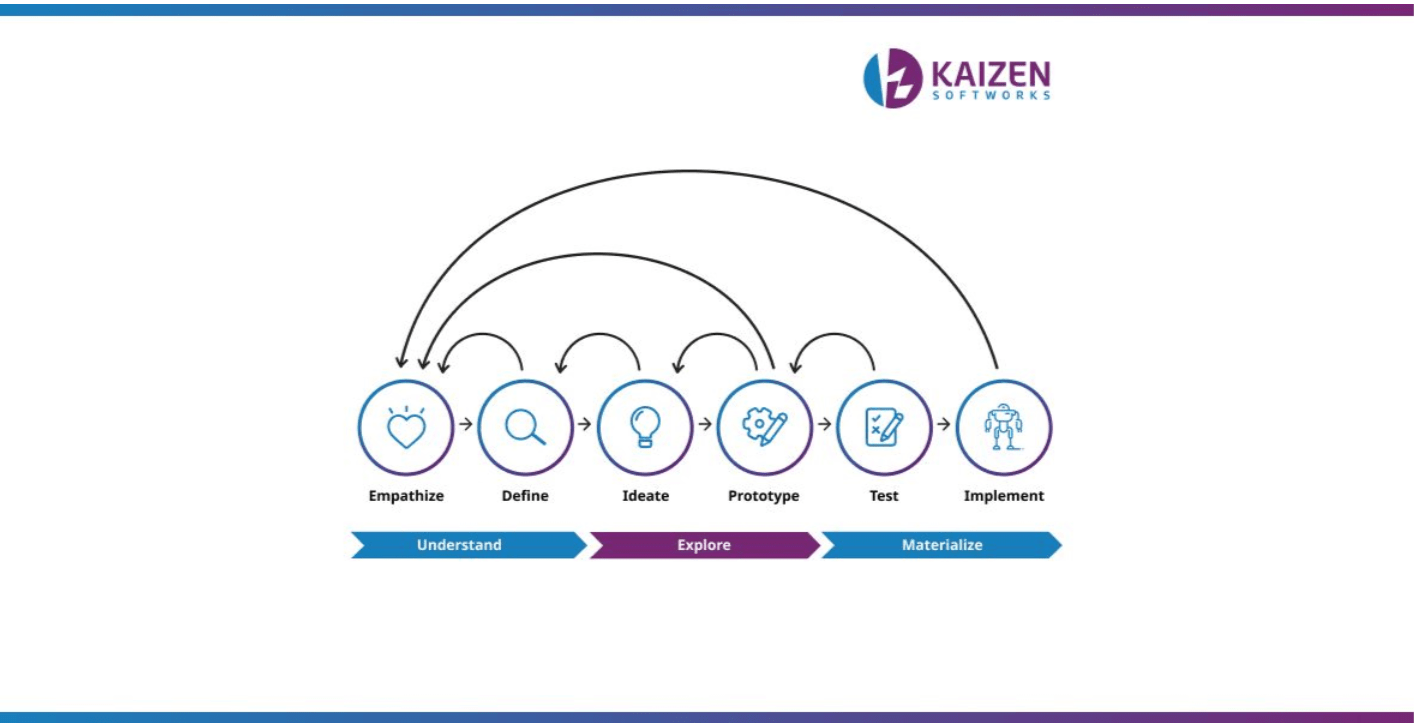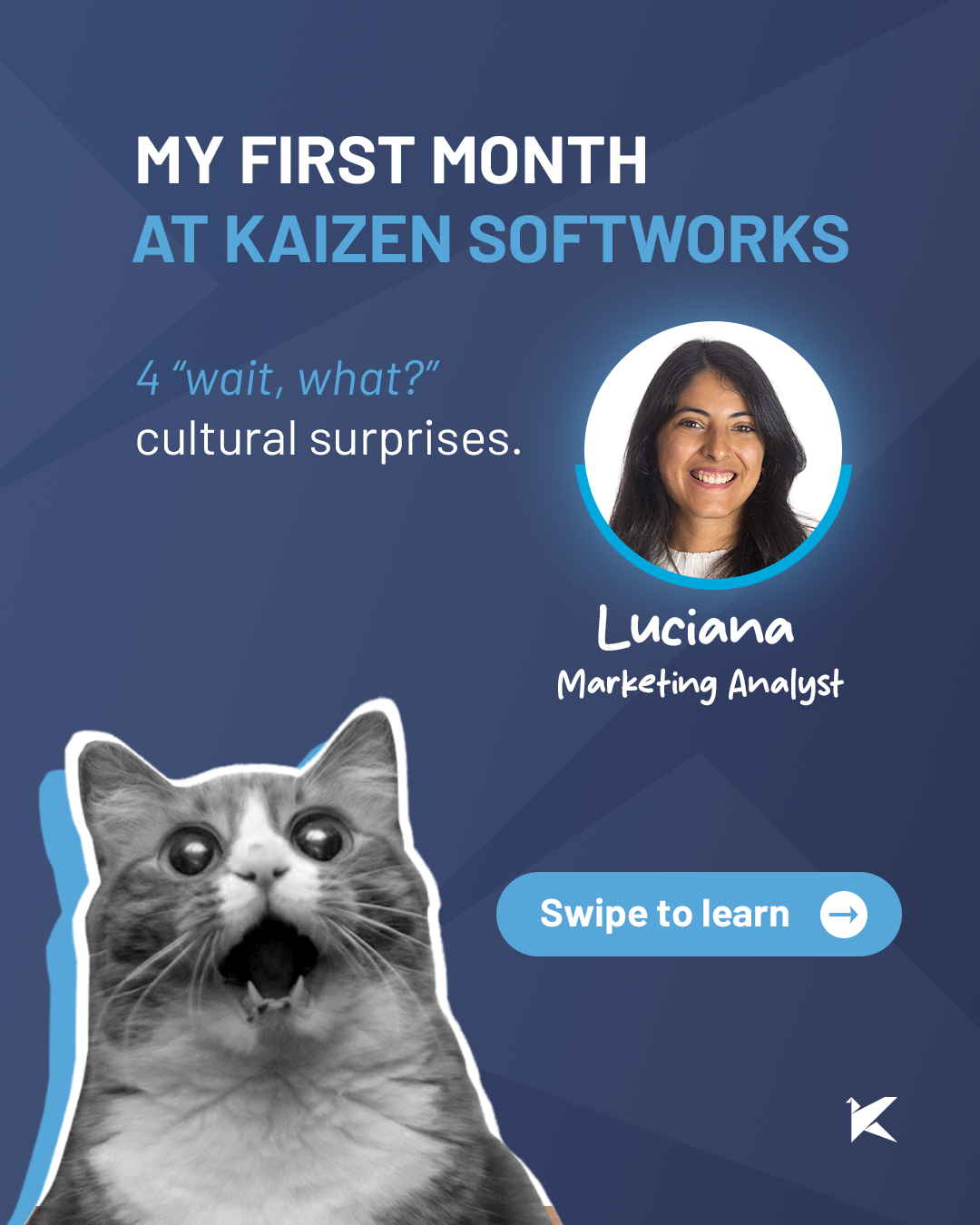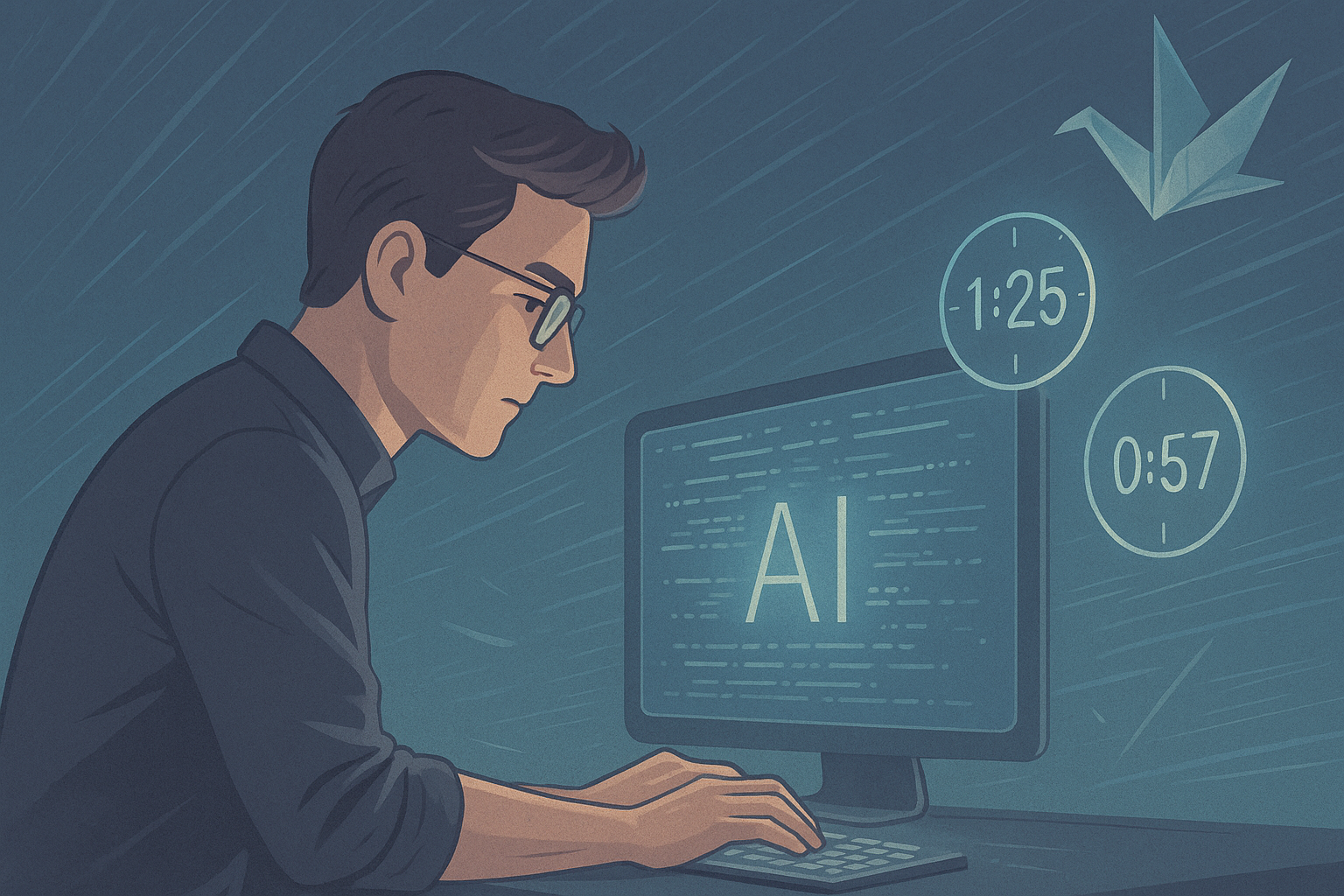Given the high competition in the market, companies need to develop products or provide services with an agile innovation component, delivering differential value to users. Thus, numerous methodologies and processes have proliferated in order to achieve this goal. Among them, in this article, we would like to talk about how Design Thinking contributes to adding value.
At Kaizen, we believe that innovation is achieved through collaboration. For this reason, we decided to implement our inaugural Design Thinking Workshop at Kaizen.
The workshop objectives were to create a space for our collaborators for reflection and dialogue as a team, and to learn a creative problem solving approach applicable to their own areas of work.
Carried out by Pablo Manzoni, leader of the UI/UX Design team, the 7-hour workshop was attended by 20 Kaizen’s members from different departments such as design, software development, sales and marketing.
Useful concepts of Design Thinking were covered and participants were able to understand how this process can be applied to their own challenges. We are glad to share with you some useful insights. Enjoy!
What is Design Thinking?
Design Thinking is a creative thinking process to design innovative solutions to complex problems, through a user centric mindset. The focus is on understanding the user and discovering their unmet needs to create solutions that matter.
Although it was born in the world of design, today its application goes beyond the creation of products, and can also be applied to all business areas.
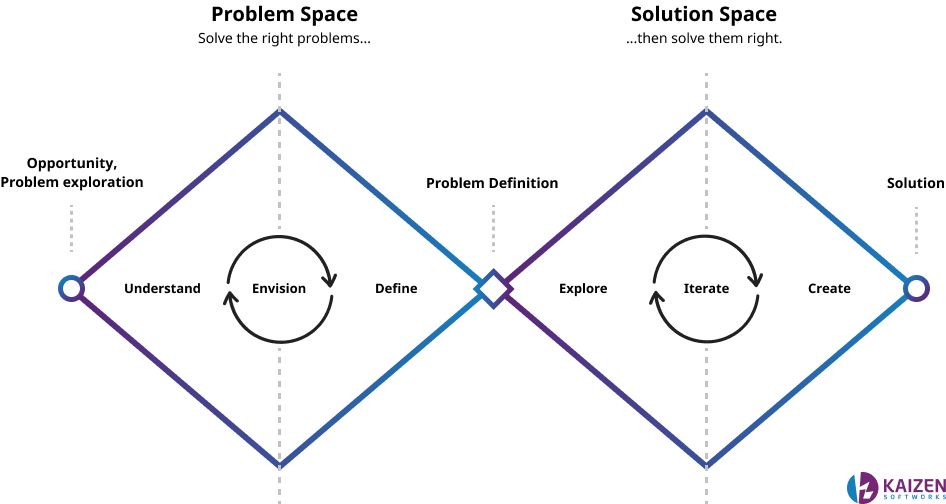
Design Thinking Process explained
Design Thinking is a nonlinear iterative process, whose stages overlap and are not necessarily strictly sequential. It is somewhat of an “experimental” methodology, in the sense that you shouldn’t be afraid to try out new ideas, tools, or processes, especially early in the flow.
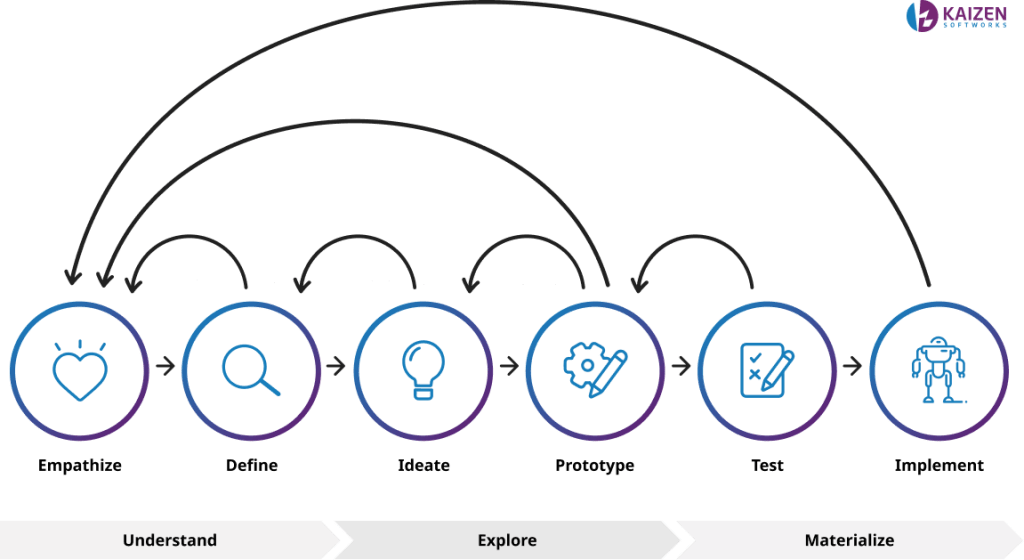
Empathize
Key question: are users’ needs and wants understood and considered?
Through deep user research and data analysis, Design Thinking focuses on deeply understanding user needs and wants. Its goal is to put assumptions aside and get insights from real user experiences to discover their problems, motivations, and understand current user behavior.
At the end of this stage, a lot of useful information is obtained, which will help guide the next steps.
Define
Key question: is the problem properly defined?
Based on the analysis of the observations and the information collected in the previous stage, irrelevant aspects should be eliminated and connections should be made, to define problems and core needs.
The main objective is to define a key problem statement to address.
It is important to maintain a human-centered approach, and try to develop a “point of view” that is as aligned as possible with the needs and motivations of the target users.
Ideate
Key question: what are the possible solutions to the defined problem?
Now that problems and challenges have been identified, it is time to start thinking about potential solutions that will solve the defined problem statement.
This phase represents the transition from problem identification to solution creation. The goal is to let creativity flow and discuss as a team the risks and benefits of each potential solution.
Prototype
Key question: does the solution meet the real needs of users in an innovative way?
In this experimental stage the objective is to select the best idea, which will work as a solution for the defined problem.
After the ideas have been selected, prototypes are made. Each prototype is then tested to see if they are valid solutions to the defined problem. This stage is faithfully experimental and iterative, since the ideas are put to the test, accepting, rejecting or modifying them to be put to the test again.
Test
Key question: which solution better addresses the defined problem?
To mitigate the risks of relying on assumptions, prototypes are continuously tested and evaluated to identify the best solution for the defined problem statement.
Through a user centered approach, usability tests are carried out to collect feedback from real users. These discoveries are used to identify improvements and refine the problems to be solved.
Because the process is iterative, results are constantly analyzed by doing more iterations to finally define the final solution that best meets the needs and motivations of the users.
This stage is essential as it saves production time and prevents loss of commercial value.
Implement
Key question: is it feasible?
In this stage the solution finally becomes real and is launched and tested in the real market. Many designs will never reach this stage. While the design may be wonderful, it may not meet the user’s needs as expected. Going back to the ideation stage to rework ideas and improve them is also a valid stage of the process.
Since the process is not linear, it is essential to take in what is learned throughout the process and continue iterating to add improvements.
Conclusion
The challenge was successfully met: we managed to understand the essence of Design Thinking, which is a mindset change towards innovative solutions of complex problems, in different contexts beyond design.
Through success stories and different practical workshop activities, participants worked as a team and discovered the potential of this process for our daily challenges in our respective areas of the company.
Thanks to Pablo Manzoni for creating a space to teach other members of the Kaizen team, offering the opportunity to learn new knowledge and skills in pursuit of continuous improvement.
Until the next Design Thinking Workshop!

